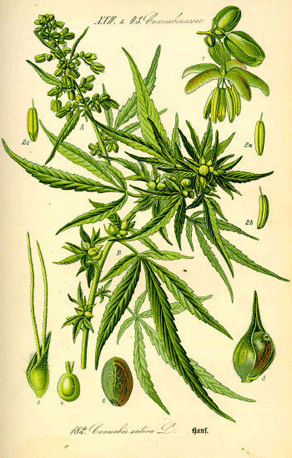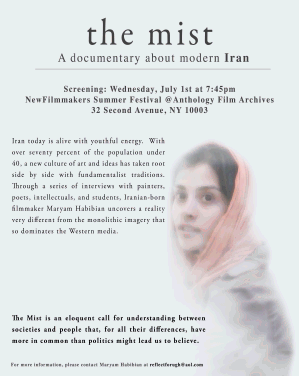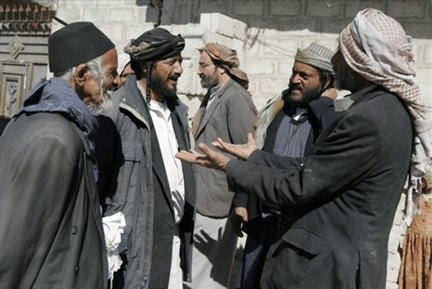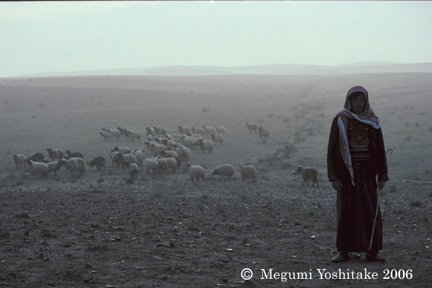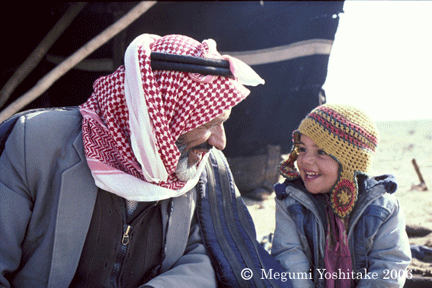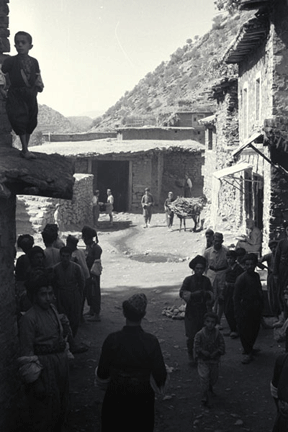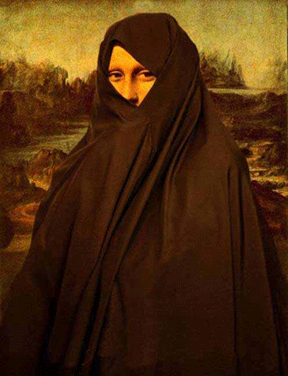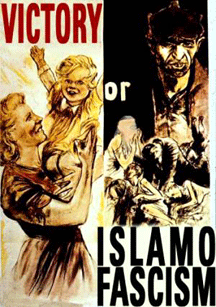
The Self-Fulfilling Prophecy of a Clash of Civilizations
Excerpt from “Fascist-Islamophobiaâ€: A Case Study in Totalitarian Demonization by Dr. Robert Dickson Crane, published in The American Muslim, October, 2007. To read the entire article, click here.
The future of America and of global civilization will depend on whether and when the leaders of each of the world’s nations can join to bring out the best of each civilization in order to build a single civilization of global pluralism. The purpose must be to bring out the best of the past in order to build both for the present and the future a global federation of independent nations in the pursuit of peace through compassionate justice.
The opposite alternative is mutual demonization whereby members of one civilization join the extremists of another in supporting the extremists’ perversion of their own religion. In practice this would bring out the worst of the past to paralyze the present and destroy the future.
The many books by Robert Spencer and a host of lesser professionals in demonization typify a genre of books that have captured the imagination of an entire nation. Amazon’s list of books on Islam and Muslims available for purchase in the Year 2007 exceeds 75,000. Of the first 400 listed, fifty could be classified as Islam-bashing, and half of these are militantly or extremely so. A critique of any one of them could serve as a critique of them all, though Robert Spencer’s book is perhaps the most sophisticated in its virulence. The basic theme is a self-fulfilling prophecy that brands Islam as inherently terrorist and thereby provokes Muslims to become exactly what they are said to be. Continue reading On Fascist-Islamophobia

